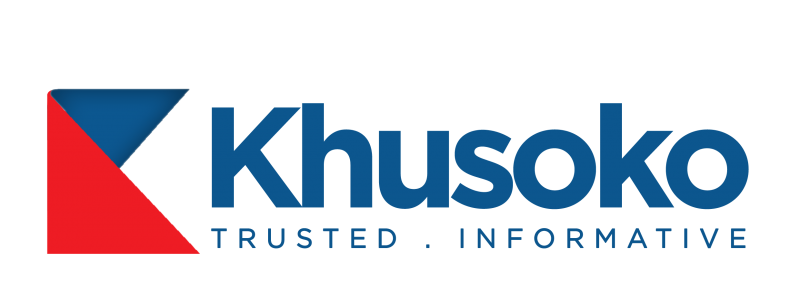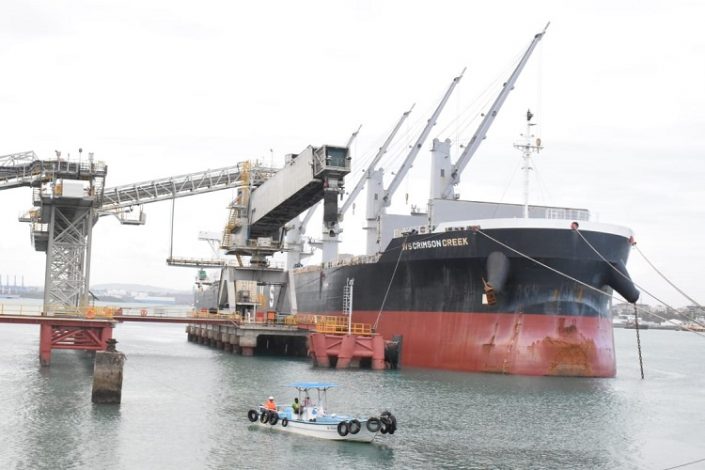Granted, the easing of Covid-19 containment measures has helped rejuvenate economic activity in Kenya.
As a result, GDP performance improved to -1.10% in the third quarter, from a contraction of 5.50% at the height of lockdowns in the second quarter.
The momentum may hasten in 2021 as confidence, both locally and externally, improves with the ongoing inoculation of the population against coronavirus.
However, in the immediate term, risks from new strains of the virus as well as delays in the procurement and distribution of the vaccine, partly due to global shortages, could impede the recovery.
The fragility should sustain the need and urgency of further stimulus mostly from the fiscal side. The government is soon expected to begin implementing the Economic Recovery Strategy aimed at bolstering domestic demand.
This will augment the effects of the earlier Ksh 58 billion Economic Stimulus Package.
For the central bank, keeping interest rates low will be crucial. Despite higher inflation expectations, we believe that there is still room for a further 50bps policy rate reduction this year although this will be subject to underlying liquidity which is so far ample.
While price stability remains central to the conduct of monetary policy, this has been somewhat relegated in favour of economic recovery. Even then inflation remains well within the central bank’s target at 5.69% this January (Dec=5.62%).
Deficit financing to maintain the domestic bend
The need to create fiscal space necessary to jump-start the economy out of the current slack has seen more efforts towards reorganising sovereign debt.
Thus far, the government has successfully rescheduled the payment of close to US$ 600 million in interest due to Paris Club lenders and China.
Additionally, the central bank has indicated that G20 lenders are considering extending the debt repayment period beyond the June 30th cut off.
This is expected to ease liquidity risk for the government and avail more funds to cushion the economy against the harsh Covid-19 economic shock.
Prior to the restructuring, the National Treasury estimated that foreign interest payments could decline to Ksh 134.10 billion (BPS, 2021) from the initial budget of Ksh 154.70 billion in the fiscal year 2020/21.
Even then, the deficit is expected to stabilise at 9.40% of GDP for the FY 2021/21 higher than the 8.20% recorded in the preceding cycle.
This reflects sticky spending needs amidst persistent revenue underperformance.
That said, given the need to reduce the economic vulnerabilities stemming out of the high external debt composition, deficit financing will mostly be financed locally.
According to the Budget Policy Statement, Treasury will seek to raise Ksh 572.70 billion in net domestic debt for the 2020/21 fiscal year, up 15.87% from the initial budget.
Thus far, Treasury has raised about 50% of the revised target. Filling the gap will see increased borrowing in the months to June 2021 potentially swaying interest rate expectations higher.
However, the pace will be subject to prevailing liquidity and any shifts in risk appetite in the market. So far, risk aversion remains the dominant favouring demand for sovereign risk.




